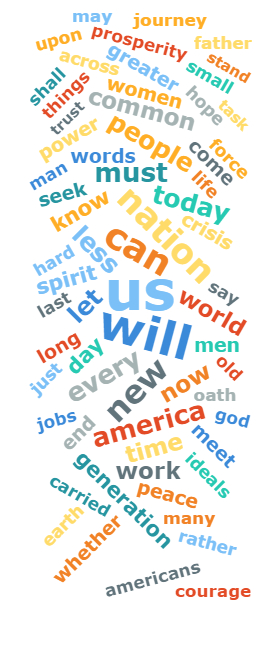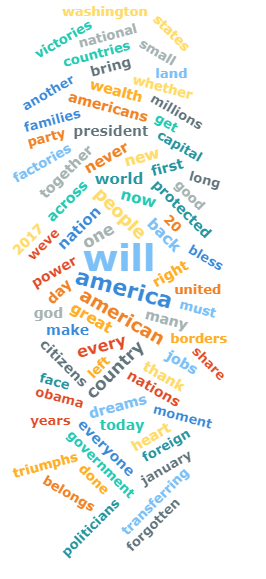
I'm Jayde and I'm currently a Sophomore. I'm an RA at the moment, and though the job can be hectic, I love it. I love being a history major, and am still undecided on what I want my minor or concentration to be. In my spare time I love to read romance novels, hang out with friends, and watch movies. I enjoy listening to music and making playlists, as well (I shamelessly plugged my Spotify below). I am also the treasurer of the historical society on campus. After I graduate from Roanoke, I hope to attend graduate school to study classical history with a focus on Ancient Greece and Ancient Egypt.
Skill #2

Skill #3

In the screenshot above, an article was written about a women's rights movement in Wheeling, West Virginia. The article recounts the women's rights parade that took place in Wheeling and mentions Victoria Woodhull. In this article, the newspaper mentions that the parade was done in honor, or in favor, of Victoria Woodhull. To the left of the article, there is a depiction of what seems to be a woman's rights activist at the time.
Using machine-reading to compare presidential inaugural addresses, Obama (2009) vs. Trump (2016).


As someone who cares a great deal about politics, I was curious to see how Barack Obama’s inaugural address and Donald Trump’s inaugural address differed. Former President Obama became president in the middle of a recession, which might have been something he thought about while writing his inaugural speech. He used words like “courage,” “us,” and “will.” These words reflect a promise for a better future. Using words like “generation,” could have been his way of speaking to what the future generations could do for our country. He also used the word “women,” frequently, which goes to show that he cared about women’s rights going into his presidency. Compared to President Donald Trump who used words like “politicians,” “power,” and even went as far to name drop Obama. Obama referenced Bush once, whereas Donald Trump used Obama’s name multiple times. Trumps use of “power,” versus Obama’s “prosperity,” goes to show where Trump’s priorities lied.
On the more digital side of things, though, word clouds use distant-reading as a method of finding patterns of word usage throughout speeches or other texts. This is not a task any sane human would want to attempt as it would take hours to count how many times each word is used. This is a thought provoking digital resource because it lays out the differences between presidents and can give helpful insight into where their priorities were before the beginning of their presidency.
Using machine reading to research suffrage history.

I am extremely interested in the suffrage movement of the nineteenth and twentieth centuries. So much so, that I’m currently doing my methods paper on Carrie Chapman Catt. So, as a result, I wanted to see how many times key suffrage leaders popped up. Susan B. Anthony became popular in the 1910s and 20s because of her work as a Suffragette and she had a spike during that time. As well as Lucretia Mott who worked for suffrage during the Seneca Falls Convention, there is a small spike during the 1840s when the meeting took place. Carrie Chapman Catt started fighting for suffrage in the late 1880s and early 1900s and it is clearly shown in the Ngram above. She was doing the most of her work during the 1920s by lobbying politicians and giving speeches to try to get the nineteenth-amendment passes. By looking at big data like the GoogleNgram gives researchers, and especially students an idea about when historical figures were most popular, or mentioned most in books.
Skill #4

My map, “Jayde’s Road To Home (and weird imports?)” is a representation of my personal history in my hometown, Clintwood, Virginia. As well as, weird fat imports for the UK. I don’t think there are any correlations between the imports and my hometown, as Clintwood is extremely small with a population of 1,300 people. What struck me about the map was the imports come primarily from Europe and Africa. Many animal oils come from Europe and are imported to Rhode Island, which makes me wonder if goods made in Rhode Island are made with animal oils. I don’t know much about that, but I would like to know more!
Skill #5
Skill #6
Skill #7

Screenshot from my Twine game, “Martin Luther and His 95 Theses,” 2023.
Check out my Twine, a text-based video game. To play, click on this link. The link will pull up an HTML file. Click “Download.” Now, open the website for Twine, click “Use in your Browser.” Click “Library,” then “Import,” and choose the HTML file you just downloaded. Click on the imported story. Now click “Build,” then “Play.” Voila: it’s my game!